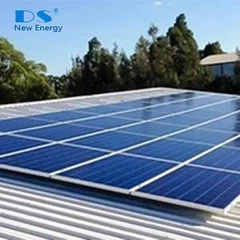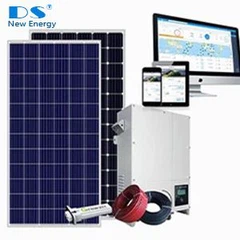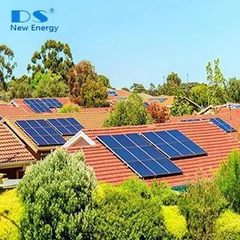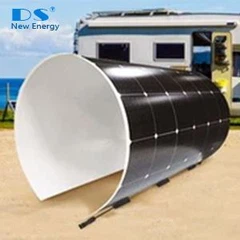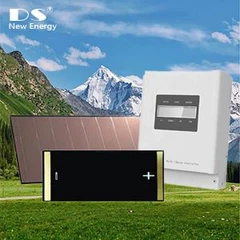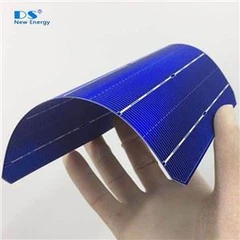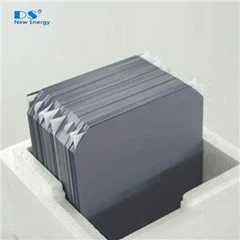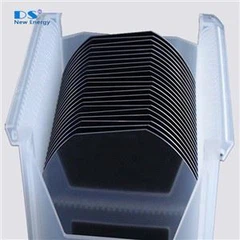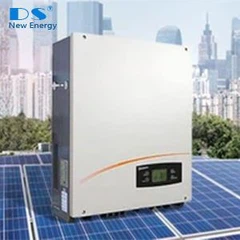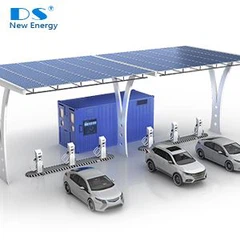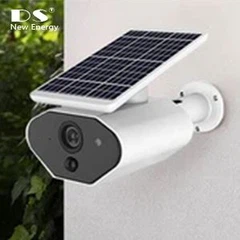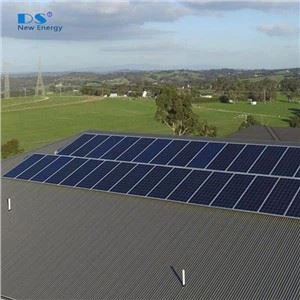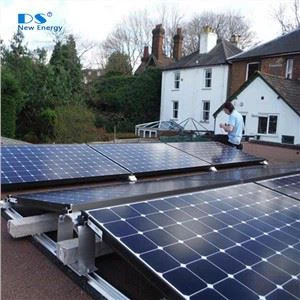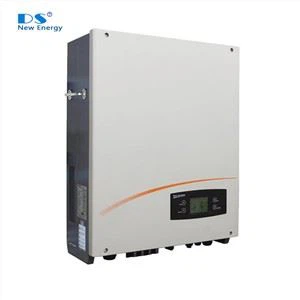
CELLULAR communications technologies such as handsets and base stations have become very common technologies throughout the developing and developed world. However, Today’s telecom infrastructure is increasingly located remote, isolated areas—from mountain tops to desert regions— which are usually far from any electrical grid and rely on on-site power generation to operate.
Mobile Telecommunications networks require an enormous amount of power. In markets with unreliable grid power, this energy often comes from diesel fuel. But between fuel and maintenance costs, generators are expensive to own and operate. For communications providers, the ultimate goal is to establish self-sustainable mobile networks with higher efficiency and profitability and remain competitive in a lower Average-Revenue-Per-User (ARPU) environment.
You may want a solution that is completely PV powered, or a hybrid of PV, wind, and diesel generator.

Off grid Solar power system for telecommunications
Figure 1 (click here to see Fig. 1) shows the block diagram of a typical off-grid stand-alone PV system. A solar PV array, battery, and charge controller are the three primary components of the PV system. The solar array generates DC power for the load and charges the battery, which serves as the energy storage device that powers the load when there is no output from the array. The charge controller regulates the output of the PV array and ensures proper charging of the battery, thus protecting it from abuse. A portable gen-set is required to power the telecom equipment in case of no power output from the PV system.
Array — A PV system starts at its simplest level with a cell that is arranged into a group to form a module. A solar module typically consists of 36 cells and provides a nominal voltage of 12V. Solar modules vary in size from 1W to a few hundred watts. Many modules are connected to one another to form a panel (sub-array). The size of the sub-array is dictated by the weight and size that can be effectively handled at the site. The sub-arrays are then installed and wired to each other to form the array for the required voltage and current output.
Batteries — For off-grid, stand-alone solar power systems, batteries provide the backup power needed when sunlight is insufficient, such as during periods of heavy cloud cover and during the night. The battery bank should have sufficient ampere-hour (Ah) capacity to supply load during the longest expected period with no contribution from the PV array — it has to be a full-size battery bank with a good reserve for five or more days (120 hr).

Hybrid solar systems for telecommunications

In a Hybrid configuration the Systems allows the use of dual sources, DC primary and AC engine genset secondary, where load size makes it impractical to power by PV alone, or where redundant power is required for critical applications. With the integrated extensive remote and control features gives the elgris system many Advantages over currently „traditional“ power generators.
The Hybrid telecom controller measures all power parameters in the solar system. Depending on a predefined schedule, the controller switches the input source from the PV or the generator or the grid.
A solar Telecom power system is durable, reliable and convenient; just install it wherever you need power with solar and reduce diesel for telecom. There’s no need to worry about grid access, fuel deliveries or generator maintenance.

